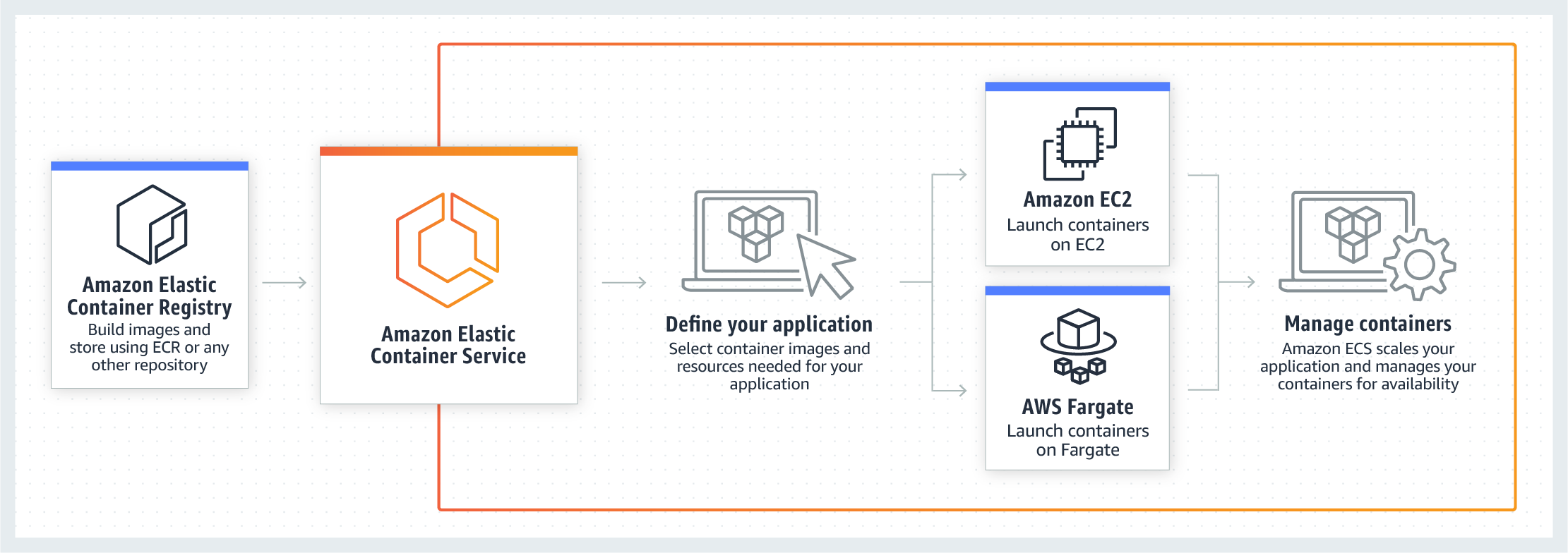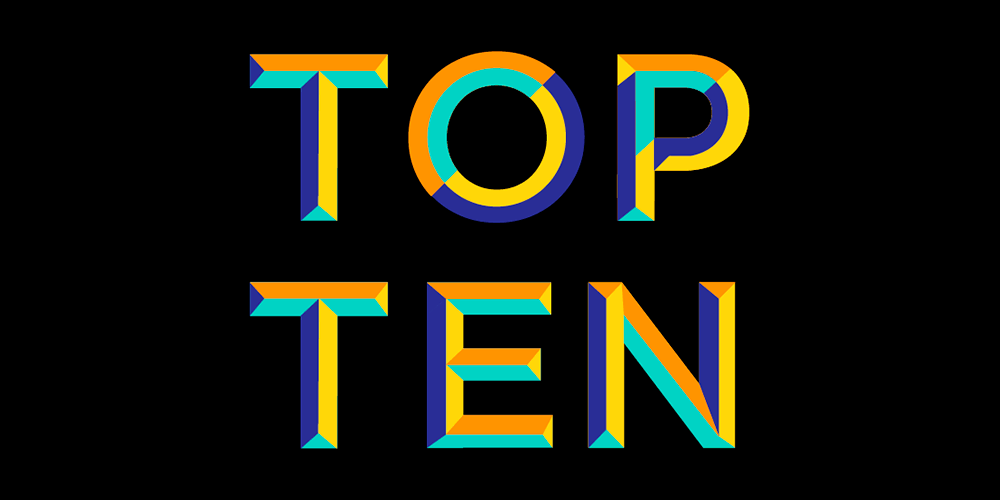Developing software is one huge brain-intensive task. It involves so much complexity, therefore software developers need to be at the top of their game to produce the best software possible.
As a software developer, to remain at the peak of one's game; one needs to replace complexity by simplicity in as many cases as possible.
Great programmers are out there, building tools to make life easier for other programmers, tools that help create a smooth development workflow.
Without further ado, I would like to share my top ten tools which improve my workflow, and I believe they would work wonders for you too.
Firebase:
Firebase remains my go-to tool for database solutions to my software database needs. This wonderful tool provides real-time database and backend as a service.
Firebase integrates well with mobile applications, and it also integrates with web applications.

With Firebase I can build applications in quick time without having to manage database infrastructure myself.
Firebase provides quality mobile analytics, improving the different decision-making processes involved in software development.
Firebase automatically scales for all applications. This leaves me with time to build more quality stuff.
CircleCI:
Continuous integration is important in software development processes today as it plays a huge role in medium to large projects.
Circle CI for me has ticked all the boxes for my continuous integration needs.

First, Circle CI has free plans for open source projects so I do not have to shell out money to use it when building open source projects that matter.
This tool also works with Docker–as a lover of containerized apps–no hassles. Talking about no hassles; Circle CI is also easy to set up and integrates well with existing cloud services, so I can get up and running in quick time.
Code Climate:
For automated code reviews, code climate is my most preferred tool.
After each Git commit, it automatically reviews my code and provides a solid analysis of the bad practices. This ensures that my code is always in top shape as I can then refactor my code immediately.

CodeClimate also detects code duplicates, plus it has a lovely user interface–and to believe this great tool is free for open source projects.
CodeClimate doesn’t just help me write healthy code it also helps me become a better programmer.
RollBar:
As software developers, we always have to emphasize the need for building robust systems.
To improve the quality of software, we need to catch every exception before its usage becomes a horrible experience for the user.

With Rollbar, I can catch exceptions missed due to human imperfection. All I get to do is to install the SDK, and it does the rest of the job. Rollbar gets to handle all the errors and exceptions.
Asides being easy to set up, Rollbar also provides wonderful error reporting as I can go through a history of errors for my applications.
Amazon EC2 Container Service:
Before containerized applications became very popular, hosting applications on the cloud was very difficult. From personal experience, I have had software work fine on my machine and then go bananas when uploaded to an hosting service.

Amazon EC2 Container Service has made those terrible experiences a thing of the past, as I can upload my applications as docker containers . Now they work everywhere.
With this service I can also manage my containers on multiple clouds easily, less things to worry about.
BrowserStack:
If you have been writing software long enough, you would have experienced this behavior a couple of times–where your software may screw up on another machine despite working fine on yours.

Well, I have experienced this during some projects too–now I can say that it's a thing of the past. Thanks to browser farms such as BrowserStack, I can carry out cross-platform application tests before shipping out to users.
I can use BrowserStack to test both web and mobile apps. One huge plus is that it also automates tests. It runs automated tests on its Selenium grid for websites, and Appium, Espresso for mobile applications.
Amazon Web Services:
For cloud infrastructure, only a few services can rival Amazon Web Services. But it’s not just about the name that comes with it, Amazon Web Services has proven to be immensely useful.

It is cheap, as I only pay for what I use. Asides this, it is a reliable cloud storage service. In my career as a software developer, I have listened to people tell me stories of their nightmares with unreliable cloud storage services–luckily for me; I have had to face none of such troubles since using AWS.
AWS also provides a lot of cloud service features, third-party programs and APIs to make for a better software development workflow.
Slack:
In the use of agile methodologies, communication between every individual involved in the software development is important.
Keeping in touch is the watchword–and Slack helps me keep to it.

Slack comes with a huge set of tools and features to make software development workflow easier. What makes Slack stand out from other messaging options is that it integrates with a lot of office tools.
Slack doesn’t provide a rich set of tools and options at the expense of user experience, it is very much easy to use.
Redash:
If we were to look at a pie chart of all the processes involved in building software, coding would take the largest percentage. However, other aspects of software development such as business intelligence should not be taken with levity.

Dashboards can help you keep focus on different tasks involved in the software development process, and Redash is just about the perfect tool. Redash is easy to use and has a ton of ways to visualize data.
Trello:
Collaboration is vital for every software development project, and Trello helps with making smooth collaboration amongst developers.
It is a visual collaboration tool for planning tasks and projects.

With Trello, I can create, organize and prioritize actions and define workflows, assign tasks to other members of the software development team.
Through the use of cards for creating and managing tasks, defining workflows is much more fun.
Conclusion
There are lots of tools for improving the workflow during the software development process. Therefore, the list of great tools for making life easier for developers doesn't end here.
For example, a tool like SauceLabs could be a great replacement for BrowserStack, Airbrake could be a good replacement for Rollbar and so on–it all depends on individual preferences.
What tools do you use to improve your software development workflow? Tells us.



